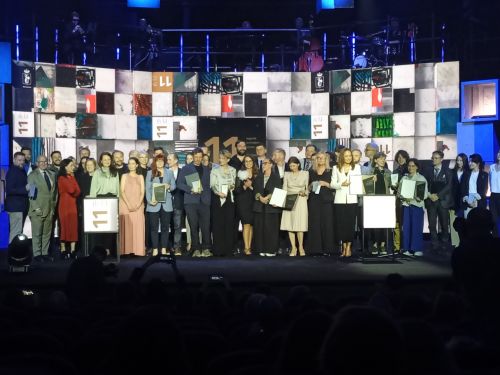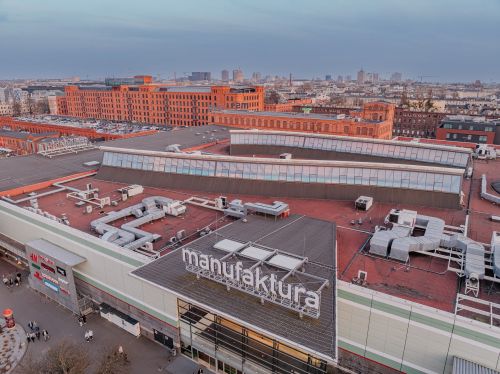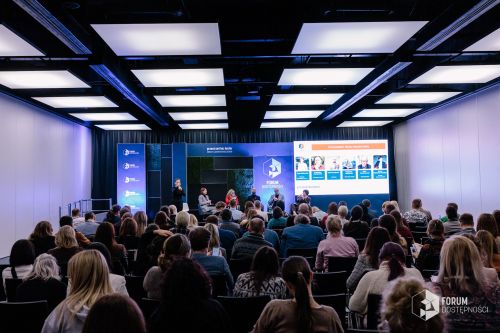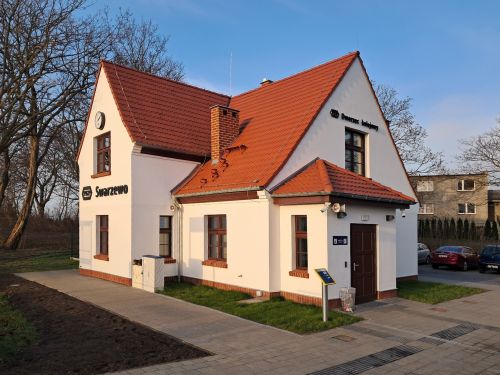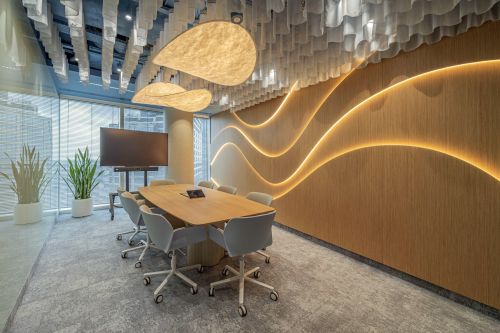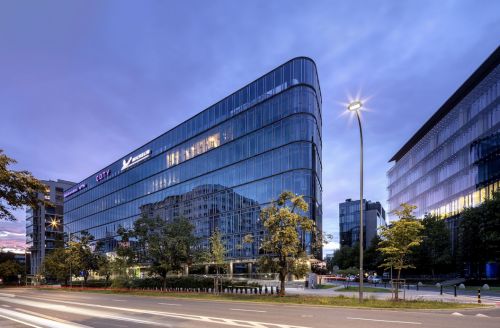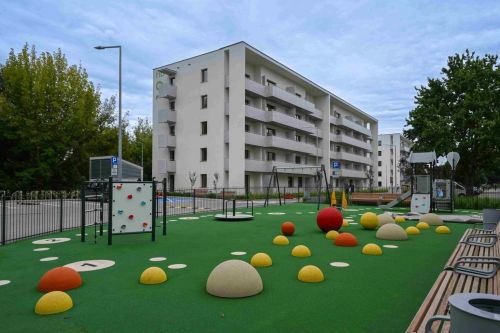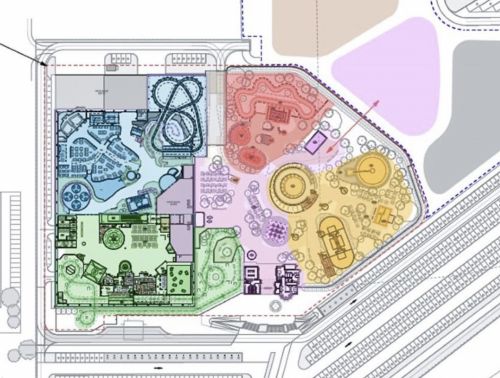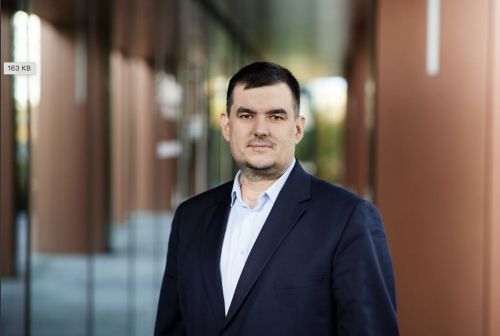Kempinski Hotels is not only one of the oldest luxury hotel operators around – it now has a global portfolio of residential projects worth EUR 2 bln. Eyup Babur, director of Kempinski Residences, reveals what is likely to happen next On the top-shelf residential market Mladen Petrov, ‘Eurobuild CEE’: Dubai, Qatar, Switzerland, Lebanon and Thailand. These are the countries where you will be soon opening Kempinski-branded residences. Such projects are also planned in Namibia, Indonesia and Saudi Arabia. However, I can’t see any Central European cities on the list of your upcoming openings.Eyup Babur, director, Kempinski Residences: I beg to differ. Let’s start with some basic figures though. We now have 3,000 apartments in use or in the project phase in properties across the world with a total market value of more than EUR 2 bln. We have residential projects in Europe, the 
































